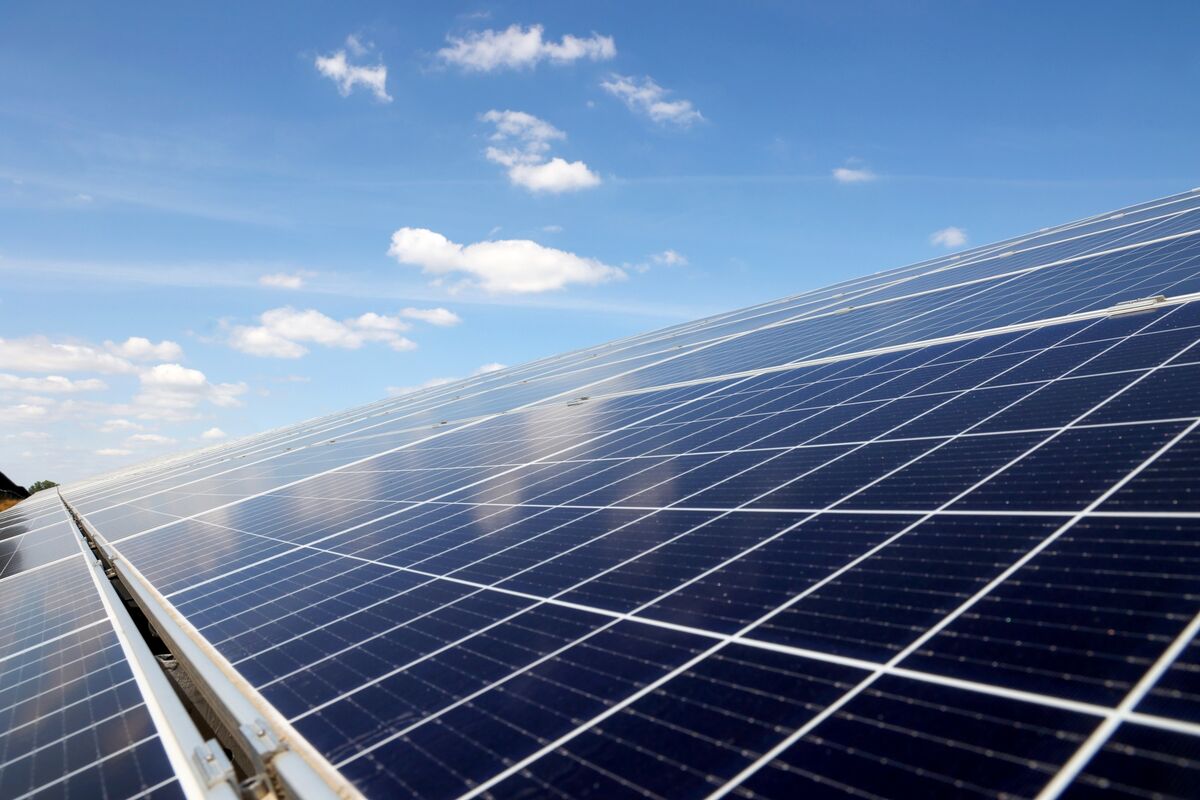Significant Tariffs On Southeast Asian Solar Imports: The US Imposes Duties Up To 3,521%

Table of Contents
The Scope of the Tariffs and Affected Countries
The newly imposed tariffs primarily target solar cells and panels imported from several Southeast Asian nations, effectively altering the landscape of US solar energy procurement. Countries most significantly impacted include Vietnam, Cambodia, Malaysia, and Thailand. These nations have become major players in the global solar manufacturing supply chain, often acting as intermediaries for Chinese components.
The tariffs don't apply uniformly across all products or manufacturers. Instead, they vary significantly depending on the origin and specific components of the solar products:
- Vietnam: 156-352% on solar cells, with some manufacturers facing even higher duties.
- Cambodia: 214-290% on solar panels, depending on the supplier and production process.
- Malaysia & Thailand: Similar ranges of tariffs, often pegged to specific manufacturers identified as circumventing previous tariffs on Chinese imports.
This complex and nuanced application of tariffs makes it challenging for importers and developers to navigate the new regulatory landscape. The uncertainty surrounding the exact tariff rates applicable to individual products is a significant obstacle.
Reasons Behind the Tariff Imposition
The Commerce Department's justification for these steep tariffs centers on the alleged circumvention of previous anti-dumping and countervailing duties imposed on solar imports from China. The investigation focused on whether Southeast Asian companies were merely assembling Chinese-made components to avoid paying the existing tariffs.
The investigation process involved detailed examination of supply chains, manufacturing processes, and trade flows. The petitioners, primarily US-based solar manufacturers, argued that Southeast Asian companies were actively engaged in circumvention, creating unfair competition and harming the domestic industry. The respondents, Southeast Asian solar companies, countered that their operations represent legitimate independent manufacturing and that the tariffs are unjustly punitive.
- Petitioners' Arguments: Focus on the significant reliance on Chinese components, alleging that minimal value-added occurs in Southeast Asia. They claim that this undercuts their ability to compete fairly in the US market.
- Respondents' Arguments: Emphasis on local labor, investment, and independent manufacturing processes. They argue that the tariffs are protectionist and will harm the global renewable energy sector.
The Impact on the US Solar Industry
The imposition of these significant tariffs on Southeast Asian solar imports carries significant short-term and long-term implications for the US solar industry.
The most immediate impact is likely to be a sharp increase in the cost of solar installations. This could lead to several negative consequences:
- Increased cost of solar installations: Higher prices will likely reduce demand and slow the growth of the solar energy market.
- Delays in solar energy projects: Uncertainty about pricing and availability may cause project delays.
- Potential job losses in the solar installation sector: Reduced demand could lead to job losses for installers and other related professions.
- Hindered progress towards renewable energy goals: The increase in costs could impede the progress of the US government's plans to transition towards cleaner energy sources.
The long-term effects remain uncertain but could include a restructuring of the US solar supply chain and a potential shift towards greater domestic manufacturing – though this would take significant time and investment.
International Implications and Trade Relations
The tariffs are not confined to the US; they have significant implications for international trade relations and the global solar supply chain.
- Strain on US-Southeast Asia trade relationships: The tariffs could damage the relationship between the US and several key Southeast Asian nations.
- Potential for trade disputes and retaliatory measures: Affected countries may impose retaliatory tariffs on US goods, escalating the trade conflict.
- Disruption to global solar panel manufacturing and supply: The tariffs could disrupt global solar panel manufacturing and supply chains, impacting the global renewable energy transition.
The imposition of these high tariffs represents a significant challenge to multilateral trade agreements and the global efforts to combat climate change through the adoption of renewable energy sources.
Potential Future Scenarios and Legal Challenges
The high tariffs are almost certain to face legal challenges. Impacted Southeast Asian companies are expected to challenge the Commerce Department's findings and the legality of the tariffs.
- Legal challenges from impacted companies: Several legal challenges are already anticipated, potentially delaying the enforcement of the tariffs or even leading to their revision.
- Potential for negotiation and compromise: There is a possibility that negotiations between the US and Southeast Asian governments could lead to adjustments or modifications of the tariffs.
- Long-term effects on the US solar market: The long-term impact will depend on the outcome of legal challenges, any potential trade negotiations, and the response of consumers and businesses to higher solar energy costs.
Alternative solutions, such as targeted subsidies for domestic solar manufacturers or investment in research and development, could have been explored to support the US industry without imposing such severe trade barriers.
Conclusion: Significant Tariffs on Southeast Asian Solar Imports – What's Next?
The significant tariffs on Southeast Asian solar imports represent a pivotal moment for the US solar industry and international trade. The high duties will likely increase solar energy costs, potentially hindering the transition to cleaner energy and impacting US-Southeast Asia relations. The coming months will be critical as legal challenges unfold, and the long-term ramifications for the US solar market and global renewable energy efforts become clearer. Stay updated on the evolving situation regarding significant tariffs on Southeast Asian solar imports and participate in the discussion to shape a sustainable future for the US solar energy sector. Understanding these tariffs and their impact is vital for businesses, policymakers, and consumers alike.

Featured Posts
-
 13 Jaehriges Maedchen Seit Sonnabend Vermisst Polizei Sucht Hinweise
May 30, 2025
13 Jaehriges Maedchen Seit Sonnabend Vermisst Polizei Sucht Hinweise
May 30, 2025 -
 Vaervarsel Og Badetemperaturer Planlegg Din Neste Sjodykk
May 30, 2025
Vaervarsel Og Badetemperaturer Planlegg Din Neste Sjodykk
May 30, 2025 -
 Hvem Skal Erstatte Dolberg Analyse Og Potentielle Aflosere
May 30, 2025
Hvem Skal Erstatte Dolberg Analyse Og Potentielle Aflosere
May 30, 2025 -
 Manila Bay Vibrant Today But For How Long
May 30, 2025
Manila Bay Vibrant Today But For How Long
May 30, 2025 -
 Measles Outbreak In Kansas A Growing Concern
May 30, 2025
Measles Outbreak In Kansas A Growing Concern
May 30, 2025
 Roland Garros 2025 Key Matches To Watch
Roland Garros 2025 Key Matches To Watch
